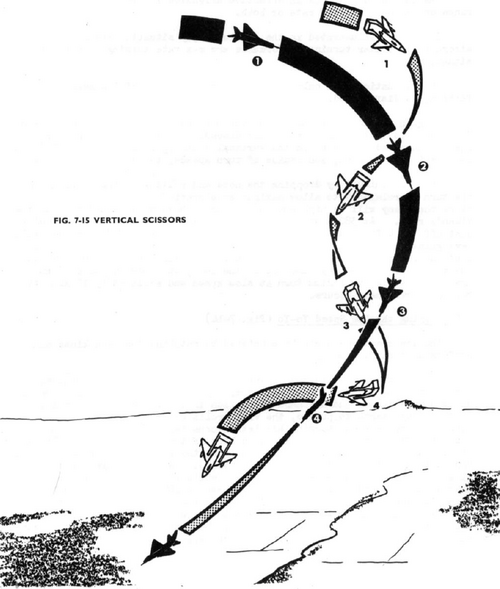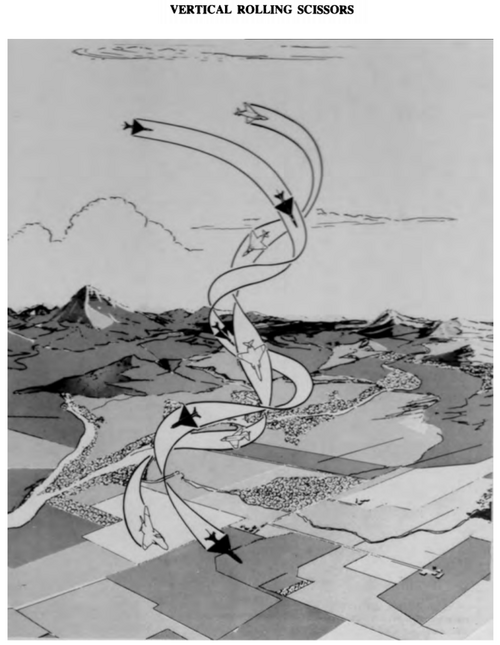- Joined
- 27 September 2006
- Messages
- 6,074
- Reaction score
- 6,188
For a variety of reasons the Scimitar and Sea Vixen seem to be the only UK aircraft in the 1960s which can operate from HMS Centaur and provide a decent sized airgroup for Ark Royal, Eagle, Victorious and Hermes.
They arrived in service much later than their US counterparts and the RN were eager to replace them as quickly as they could.
But was this the right thing to do with aircraft that were only just built.
Scimitar with Bullpups and Sidewinders and Sea Vixen FAW2 with Red Tops could tackle Badgers, Beagles and Bears in the N Atlantic. But faced with Indonesian or Iraqi Mig 19 or 21?
If the RN had been less ambitious/greedy could it have kept these types into the early 70s long enough for a similar sized replacement aircraft to be developed?
They arrived in service much later than their US counterparts and the RN were eager to replace them as quickly as they could.
But was this the right thing to do with aircraft that were only just built.
Scimitar with Bullpups and Sidewinders and Sea Vixen FAW2 with Red Tops could tackle Badgers, Beagles and Bears in the N Atlantic. But faced with Indonesian or Iraqi Mig 19 or 21?
If the RN had been less ambitious/greedy could it have kept these types into the early 70s long enough for a similar sized replacement aircraft to be developed?


